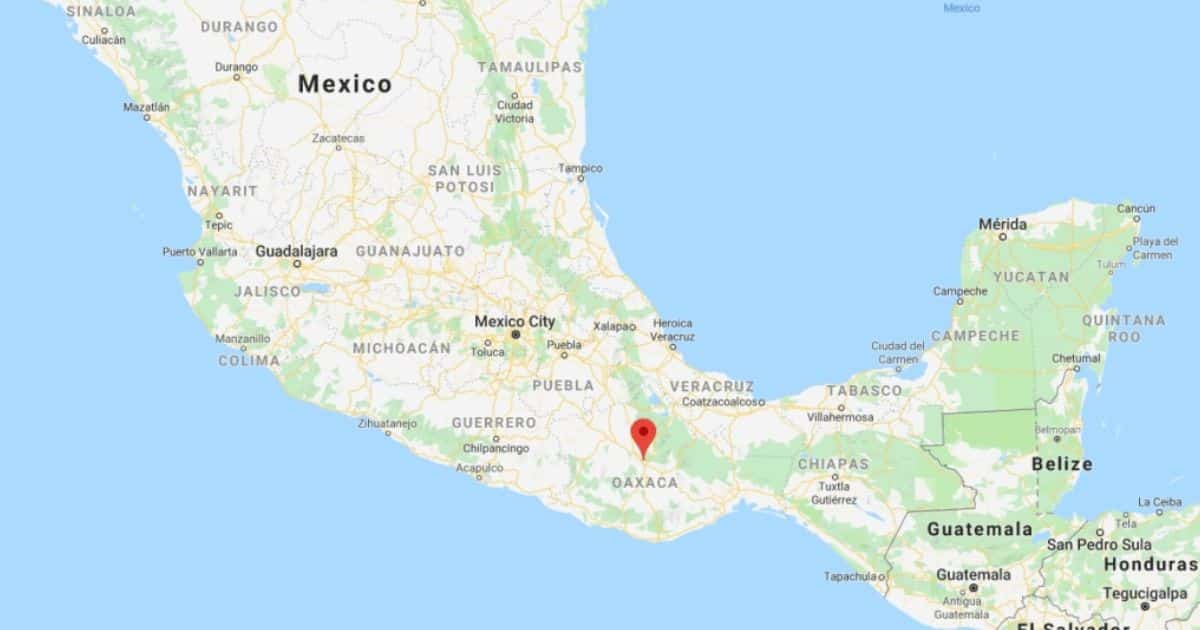On the other hand...
It should by now be clear to all vehicle manufacturers and policymakers that the electric vehicle (EV) age is all but inevitable. Most drivers already get it, as shown by the huge order books for most electric models. The long-running fight over whether electric or petrol/diesel engines generate more emissions during their lifecycle, further fuelled by Rowan Atkinson’s recent intervention, is in fact all but over. After years of crunching the numbers, peer-reviewed studies consistently arrive at the same conclusion: EVs win. The UK government’s own research supports this position and concludes that transitioning to zero-emission vehicles would “significantly” reduce overall carbon use.
Of course, where the vehicle and battery are manufactured, and how the electricity is generated, make a difference to the carbon benefits of EVs. But helpful and accessible tools such as the Transport & Environment campaign’s How clean are electric cars? calculator are doing much to demystify these concerns for the average person. This tool clearly shows that across its whole lifetime, a small EV driven in Sweden using a battery produced there emits 83% less than a similar petrol car – that’s a huge improvement. Even one driven in Poland with a battery made in China still emits 37% less.
Ben Lane@theGreenGuardian
It should by now be clear to all vehicle manufacturers and policymakers that the electric vehicle (EV) age is all but inevitable. Most drivers already get it, as shown by the huge order books for most electric models. The long-running fight over whether electric or petrol/diesel engines generate more emissions during their lifecycle, further fuelled by Rowan Atkinson’s recent intervention, is in fact all but over. After years of crunching the numbers, peer-reviewed studies consistently arrive at the same conclusion: EVs win. The UK government’s own research supports this position and concludes that transitioning to zero-emission vehicles would “significantly” reduce overall carbon use.
Of course, where the vehicle and battery are manufactured, and how the electricity is generated, make a difference to the carbon benefits of EVs. But helpful and accessible tools such as the Transport & Environment campaign’s How clean are electric cars? calculator are doing much to demystify these concerns for the average person. This tool clearly shows that across its whole lifetime, a small EV driven in Sweden using a battery produced there emits 83% less than a similar petrol car – that’s a huge improvement. Even one driven in Poland with a battery made in China still emits 37% less.
Ben Lane@theGreenGuardian











